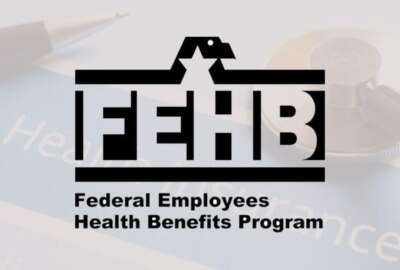Feds With Benefits: Making Medicare decisions at 65
Question: If someone is on Federal Health Benefits, what happens when they turn 65 and become eligible for Medicare?
Happy New Year! I look forward to sharing more Federal Employee Health Benefits advice with you in 2025. By early spring we should have the FEHB carrier call letter, which will give us a preview of the Office of Personnel Management’s policy goals and initiatives for the next plan year. Before then, I encourage you to continue submitting your FEHB questions and I’ll include answers, like the one below, in future columns.
Question: If someone is on Federal Health Benefits, what happens when they turn 65 and become eligible for Medicare, and what happens when their spouse turns 65 and is also eligible for Medicare?
The answer largely depends on whether you’re an annuitant or an active federal employee. Let’s look at both situations.
Annuitants must carefully consider which parts of Medicare to sign up for when they turn 65. The initial enrollment period spans seven months, starting three months before the month you turn 65 and ending three months after. Making your decision within this time frame is crucial, as delays can result in late enrollment penalties.
Medicare Part A, which covers things like hospital stays and skilled nursing care, is usually free for most people who have paid Medicare payroll taxes for at least 10 years. As for Medicare Part B, which takes care of doctor visits and outpatient services, there’s a monthly premium of $185. However, depending on your modified adjusted gross income, you might have to pay more. If you’re a single tax filer earning more than $106,000 or a couple filing jointly with income above $212,000, you’ll face an additional charge called an Income Related Monthly Adjustment Amount (IRMAA). In the first income tier, this means an extra $74 per month for Part B. To sign up for Medicare, go through the Social Security Administration.
Once you’ve made your Medicare decision, review whether your current FEHB plan is still the best fit. For annuitants, Medicare becomes primary coverage, while your FEHB plan serves as secondary. Some FEHB plans waive their deductible and out-of-pocket costs for services covered by Medicare Parts A and B. A few plans like BCBS Basic and GEHA High also offer partial reimbursements for the Part B premium. Choosing a plan with these benefits can offer some financial relief.
Active employees do not need to enroll in Medicare upon turning 65. While you are still working, FEHB coverage remains primary, and Medicare would be secondary. Enrolling in Medicare Part B during this time would require paying the Part B premium, which may include an IRMAA surcharge depending on your income. Moreover, since Medicare is secondary, you would not benefit when certain FEHB plans waive out-of-pocket costs for Part B services. Additionally, enrolling in Medicare while employed would make you ineligible to contribute to or receive a Health Savings Account (HSA) from High Deductible Health Plans (HDHP). Employees who continue working past age 65 with FEHB coverage qualify for a special Medicare enrollment period that lasts for eight months after your employment ends and allows you to enroll in Medicare without incurring late enrollment penalties.
Kevin Moss is a senior editor with Guide to Health Plans for Federal Employees provided by Consumers’ Checkbook. Watch more of his free advice and check here if the Guide is available for free from your agency. You can also purchase the Guide and save 20% with promo code FEDNEWS.
Copyright © 2025 Federal News Network. All rights reserved. This website is not intended for users located within the European Economic Area.






